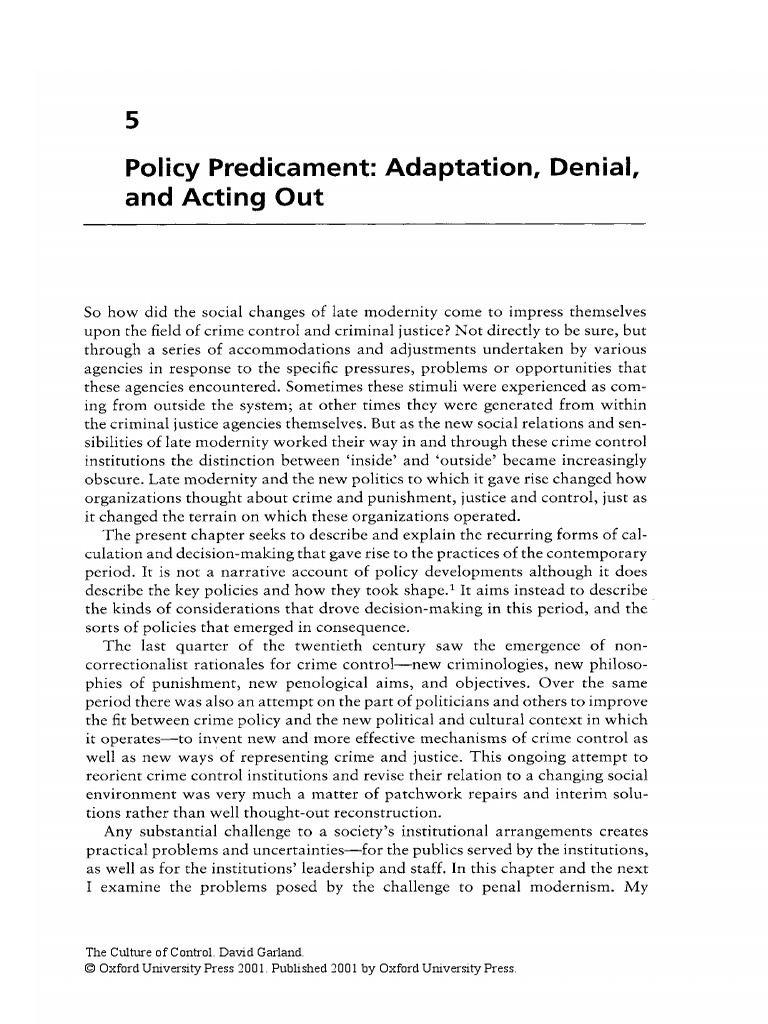Core Inflation Surge: The Bank Of Canada's Policy Predicament

Table of Contents
Understanding the Core Inflation Surge
What is Core Inflation and Why is it Important?
Core inflation measures the rate of price increases in the economy, excluding volatile components like food and energy prices. These volatile components can be heavily influenced by short-term factors like weather patterns (affecting food prices) or geopolitical events (affecting energy prices). Excluding them provides a clearer picture of the underlying, persistent inflationary pressures within the economy. This is crucial because sustained core inflation indicates broader inflationary trends that could become entrenched if left unchecked.
- Significance: Core inflation serves as a more reliable indicator of underlying inflationary pressures than headline inflation, offering a more accurate gauge of the overall health of the economy.
- Comparison to Headline Inflation: While headline inflation gives a snapshot of overall price changes, core inflation offers a longer-term perspective, revealing persistent price increases unaffected by temporary shocks.
- Bank of Canada Metrics: The Bank of Canada uses several core inflation measures, including the CPI common and the CPI median, to monitor underlying price pressures and guide its monetary policy decisions.
Key Drivers of the Current Core Inflation Surge
Several factors contribute to the current core inflation surge in Canada:
-
Strong Consumer Demand and Pent-Up Savings: The pandemic led to increased savings among households, fueling strong consumer demand as restrictions eased. This surge in demand outpaced supply, pushing prices upward.
-
Supply Chain Bottlenecks and Shortages: Global supply chain disruptions caused by the pandemic and geopolitical events continue to constrain the supply of goods and services, contributing to price increases.
-
Rising Wages and Labor Market Tightness: A tight labor market, with low unemployment rates, has led to increased wage growth, pushing up labor costs and contributing to inflationary pressures. This wage-price spiral is a significant concern.
-
Global Inflationary Pressures: Canada's economy is interconnected with the global economy. Global inflationary pressures, driven by factors such as energy price shocks and supply chain issues, have exacerbated domestic inflation.
-
Specific Sectors: Significant core inflation increases are evident in sectors such as housing (rent and home prices), services (especially healthcare and transportation), and durable goods.
-
Summary of Drivers:
- Increased consumer spending
- Supply chain disruptions
- Rising wages
- Global inflation
The Bank of Canada's Policy Response
Interest Rate Hikes and Their Impact
The Bank of Canada has responded to the core inflation surge by aggressively raising its policy interest rate. These rate hikes aim to cool down the economy by making borrowing more expensive, thus reducing consumer spending and investment.
- Past Rate Increases: Since early 2022, the Bank of Canada has implemented several significant interest rate increases.
- Effectiveness: While these rate hikes have shown some impact on slowing inflation, the lag effect of monetary policy means the full effect may not be felt for several months.
- Risks of Aggressive Hikes: Aggressive rate hikes risk triggering a recession by significantly slowing economic activity, leading to job losses and decreased consumer confidence.
Alternative Policy Tools and Considerations
Besides interest rate hikes, the Bank of Canada has other tools at its disposal:
- Quantitative Tightening: Reducing the Bank's balance sheet by letting government bonds mature without reinvesting can reduce the money supply.
- Forward Guidance: Communicating the Bank's intentions and expectations about future policy actions can influence market expectations and inflation expectations.
- Limitations: These alternative tools have their own limitations and may not be as effective as interest rate hikes in controlling inflation in the short term.
- Risk Management: The Bank faces a difficult balancing act: the risk of inaction (allowing inflation to become entrenched) versus the risk of overreaction (triggering a recession).
Economic Outlook and Potential Scenarios
Forecasting Core Inflation and Economic Growth
Forecasting core inflation and economic growth remains uncertain. Several scenarios are possible:
- Soft Landing: Inflation gradually declines without a significant economic downturn.
- Recession: Aggressive interest rate hikes trigger a significant economic slowdown or recession.
- Stagflation: Persistent high inflation combined with slow economic growth and high unemployment.
Implications for Businesses and Consumers
High core inflation has significant implications for businesses and consumers:
-
Businesses: Increased input costs squeeze profit margins, potentially leading to reduced investment and hiring.
-
Consumers: Reduced purchasing power and increased borrowing costs strain household budgets, impacting consumer spending and savings.
-
Investment Strategies: Investors need to adjust their strategies to account for higher inflation and interest rates.
-
Summary of Implications:
- Reduced consumer spending
- Decreased business investment
- Increased financial strain on households
Conclusion
The persistent surge in core inflation presents a significant challenge for the Bank of Canada. While interest rate hikes have been implemented to combat rising prices, the effectiveness and potential downsides of this approach remain uncertain. The Bank must carefully navigate the complexities of maintaining price stability while avoiding a recession. Understanding the dynamics of core inflation is crucial for businesses and individuals alike. Stay informed about the Bank of Canada's policy decisions and their impact on the Canadian economy. Continuously monitor core inflation data and adjust your financial strategies accordingly to mitigate the risks associated with this persistent core inflation surge. Understanding core inflation trends and their impact is key to navigating this challenging economic environment.

Featured Posts
-
 Casper Resident Uncovers Huge Zebra Mussel Problem On New Boat Lift
May 22, 2025
Casper Resident Uncovers Huge Zebra Mussel Problem On New Boat Lift
May 22, 2025 -
 Abn Amro Duurzame Personeelsbeleid In De Voedingsindustrie Minder Afhankelijkheid Van Goedkope Arbeidsmigranten
May 22, 2025
Abn Amro Duurzame Personeelsbeleid In De Voedingsindustrie Minder Afhankelijkheid Van Goedkope Arbeidsmigranten
May 22, 2025 -
 Blake Lively Alleged Controversies And News
May 22, 2025
Blake Lively Alleged Controversies And News
May 22, 2025 -
 Upcoming Canada Post Strike Preparing Your Business For Disruptions
May 22, 2025
Upcoming Canada Post Strike Preparing Your Business For Disruptions
May 22, 2025 -
 Israeli Embassy Identifies Couple Killed In Washington D C Shooting
May 22, 2025
Israeli Embassy Identifies Couple Killed In Washington D C Shooting
May 22, 2025
